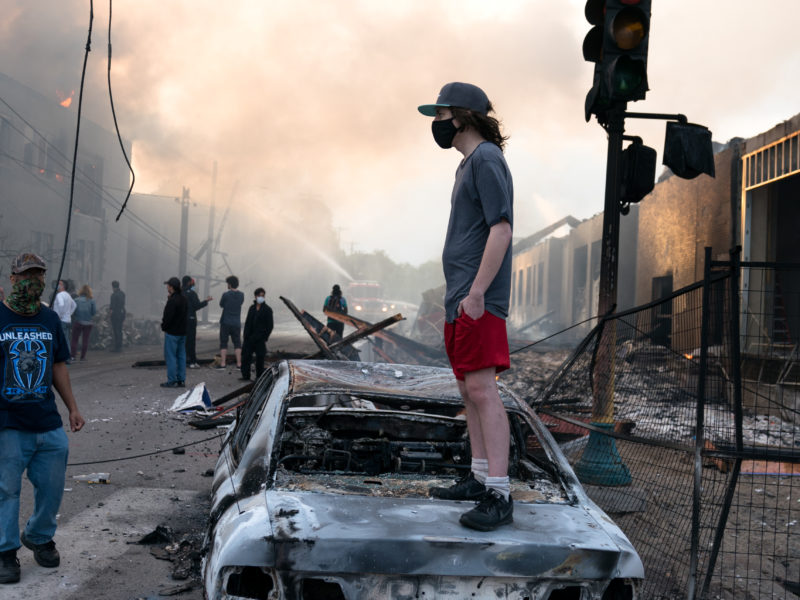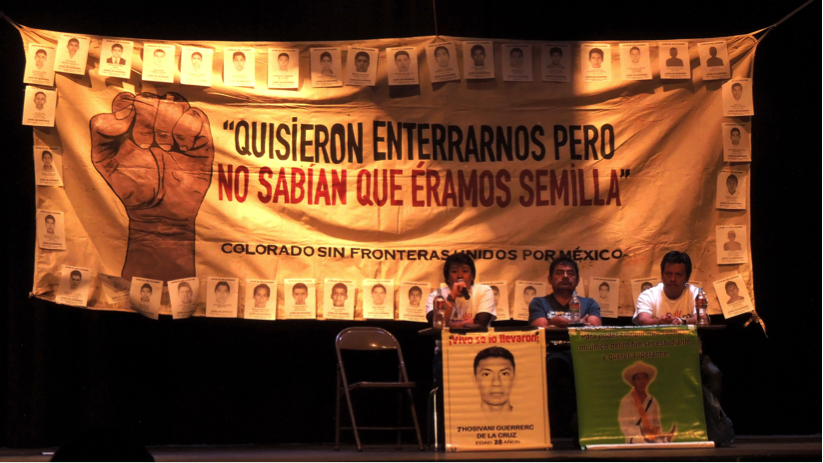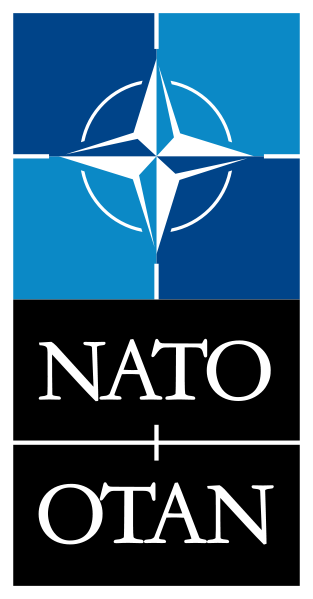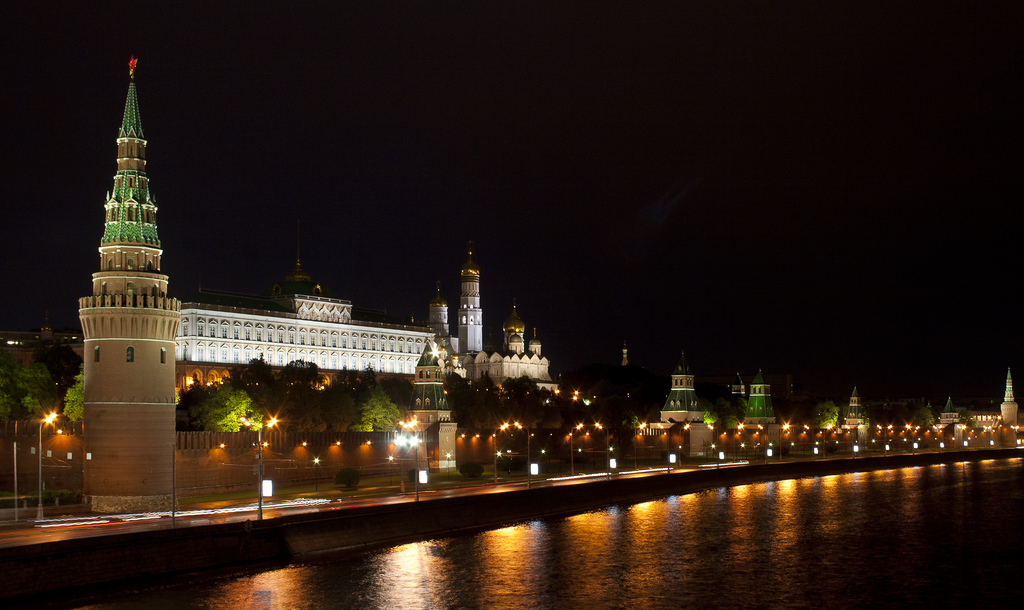Guest post by Heather Sullivan
As some protests across the country in response to George Floyd’s murder by police have turned violent, people on both sides of the political spectrum have blamed protest violence on agent provocateurs. Both Minnesota’s Democratic governor and Trump administration officials have blamed the violence in Minneapolis on outside agitators despite little evidence that this is the case. A story of some bad apples from afar might be politically useful, but social science suggests that other factors may better explain the protest violence that we are currently seeing in cities across the country.
Research on protest in Mexico suggests that protest violence is more likely in places where the state isn’t seen as a relevant or useful authority. Where state authority is low, citizens do not consider state agents to be useful resources for resolving problems, and when possible, will opt to avoid interactions with state agencies, like the police. On the other hand, when state institutions are seen as helpful for solving problems, citizens will more regularly come into voluntary contact with state officials. With these state-society connections in place, protesters and state officials are more likely to see each other as trustworthy enough to coordinate and engage in negotiations before and during protests. Coordination and negotiation in turn reduce the likelihood of protest violence.
Although in some places trust or distrust of state authorities may be shared across the population, in other places, trust in the state is heavily conditioned by race and/or class. In the United States, a 2017 Pew Research survey showed that feelings toward the police were strongly conditioned by race. While 74 percent of white respondents viewed police officers warmly, only 30 percent of black respondents did. The fact that many black Americans do not see the police as relevant and trustworthy authorities, makes negotiated protest management less likely to succeed.
Research also suggests that the state’s coercive power makes protest violence more likely, especially when relations between state and society are weak. In these contexts, protestors see heavily armed police as illegitimate and violent actors. Furthermore, research by Brandon Ives and Jacob Lewis shows that experiences of repression cause protesters to rethink the costs of violence. Violent protest tends to carry higher risks—of injury, arrest, or even death—than nonviolent protest. However, if protesters expect a repressive response even when engaged in nonviolent action, then the relative cost of violence is reduced. Under such circumstances, protesters may choose violence more readily.
Black Americans have long experienced police repression and many allied protestors are experiencing repression for the first time. George Floyd’s death at the hands of police is simply the latest well-covered incident of state agents killing or targeting black people engaged in the activities of daily life. As Keisha Blain points out, state violence against black Americans is far more common than against white Americans, and police officers are rarely brought to justice for killing unarmed black people. Couple this with the seemingly unprovoked violent police responses to protest that have made headlines in the last week, and it should hardly be a surprise that tensions have increased and violence continues in multiple cities.
Compare the violence on the part of riot gear clad police and protesters in cities like Chicago and Philadelphia with the scene that unfolded in Flint, Michigan. In Flint, the police chief himself went to the protest. Not only did he eschew riot gear, he made a point of not wearing a helmet or carrying a baton. Police and protesters marched together during several hours of protest that remained nonviolent. As in Flint, other cities where police opted against a militarized response and joined recent protests—Auburn, NY and Burlington, NC—were marked by an absence of violence. While neighboring cities experienced violent protest events, in these cities, police nonviolence and communication influenced the character of the protests.
After the riots of the 1960s in the United States, the Kerner Commission’s recommendations to the US government stressed the importance of bringing the state closer to the citizens and increasing citizen participation in state institutions as a strategy for avoiding future violent protest. Rather than sending in the military, the United States should repair relations between state and society—as its own commission on civil disorders once recommended.
Heather Sullivan is an Assistant Professor of Government and Director of the Latin American Studies Program at Hamilton College.







